Live stream Conversation on Art & Culture at Kololo
This inaugural session was hosted at the Cultural Consulate of the Embassy of the Islamic Republic of Iran where youth leaders and government officials from the Ministry of tourism, wildlife and antiquities participated on the theme: Contribution of art and culture to the tourism sector and community employment.

Panelist:
Mr. Muwonge Umar, Tourism Development Officer-Ministry of Tourism, Wildlife and Antiquities
Mr. Nsubuga Samuel, the Programmes Coordinator –African Visual Artists Associates
Hassan Majala,the Finance Director,African Visual artists associates
Buzabo Mellisa, Creative Director-African Visual Artists Associates
This session was moderated by Hon. Luyimbaazi Issah Katungulu, the African Youth Ambassador and cultural expert at the Cultural Consulate of the Embassy of the Islamic Republic of Iran in Kampala.
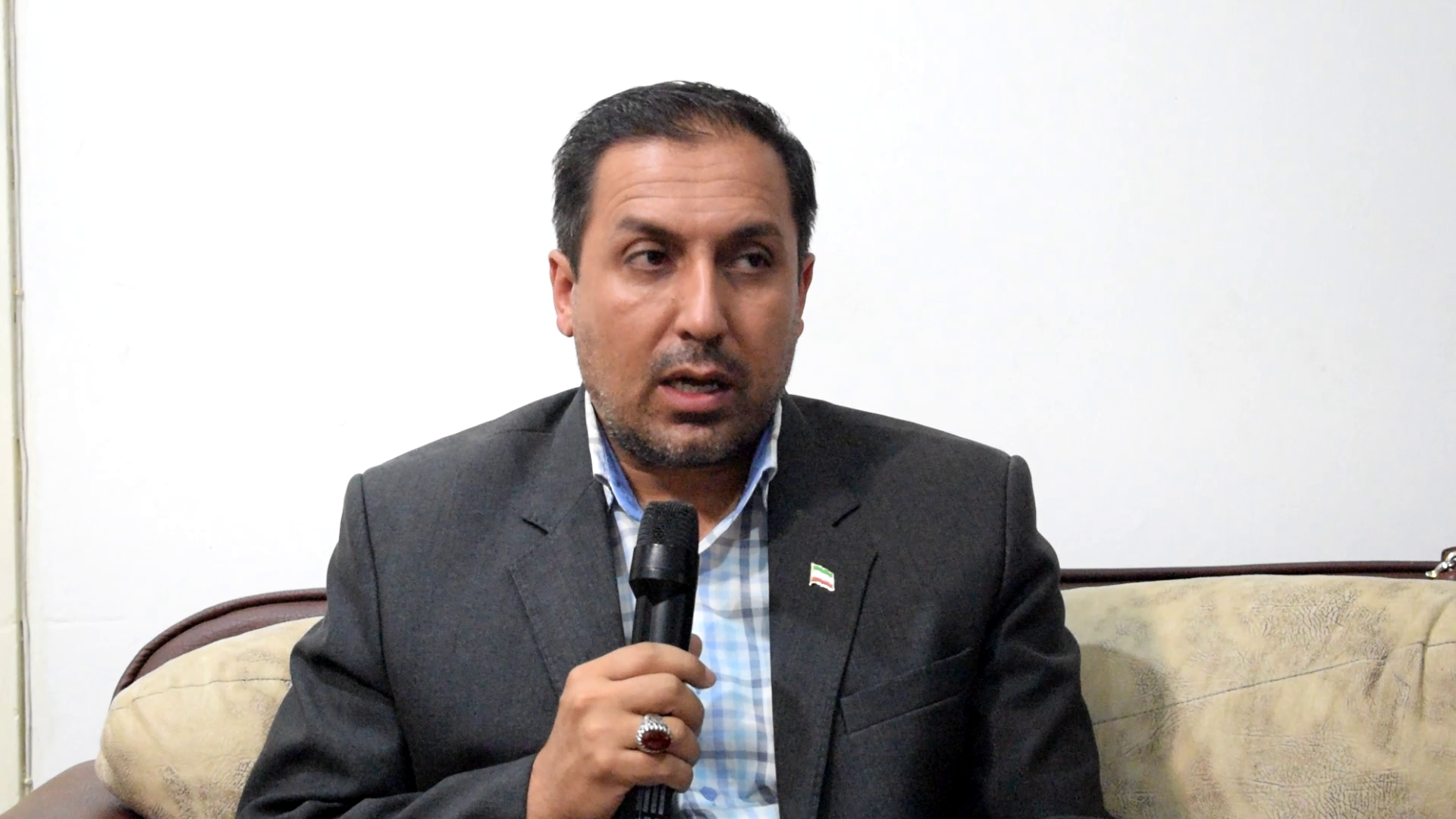
On opening the 1st Livestream Conversation, Mr. Abdollah Abbasi, the Cultural Consular of the Embassy of the Islamic Republic of Iran said that it’s clear that people want to experience the best of arts and culture when they visit places, and that the arts and culture offer is something that attracts people to a destination in the first place.
He said that In many countries outside of Africa, countries like Islamic Republic of Iran are using art and culture to explore its potentials by attracting visitors across the world to enjoy its old civilization and artifacts which generate revenue and employ many people at different levels.
Young people are contributing daily to the benefit of their communities and nations across Africa and beyond. From providing support to the knowledge based industry, to advocating for arts and creativity, young people have proven their centrality to building and sustaining healthy communities.
Young people are so strong and think, ‘if we decide to do something we will act immediately and this has been proven to the Iranian youth who are behind almost innovations in different fields including arts.
The cultural sector is a major contributor to the visitor economy, with many visitors spending billions that are attributable to the culture and tourism sectors.
Through this programme we shall increase the cultural opportunities in destinations, give more people the chance to experience arts and culture, help cultural organizations become more sustainable through becoming a bigger part of the visitor offer in local destinations and encourage the public and private sector to work together to support the growth of the local visitor economy.
It’s clear that people want to experience the best of arts and culture when they visit places, and that the arts and culture offer is something that attracts people to a destination in the first place.
As we look to a future beyond the Covid-19 pandemic, culture has a vital role in helping the tourism sector, and the places and destinations that rely upon it, to recover.
He took stand to thank all stakeholders who teamed up to make the event successful.
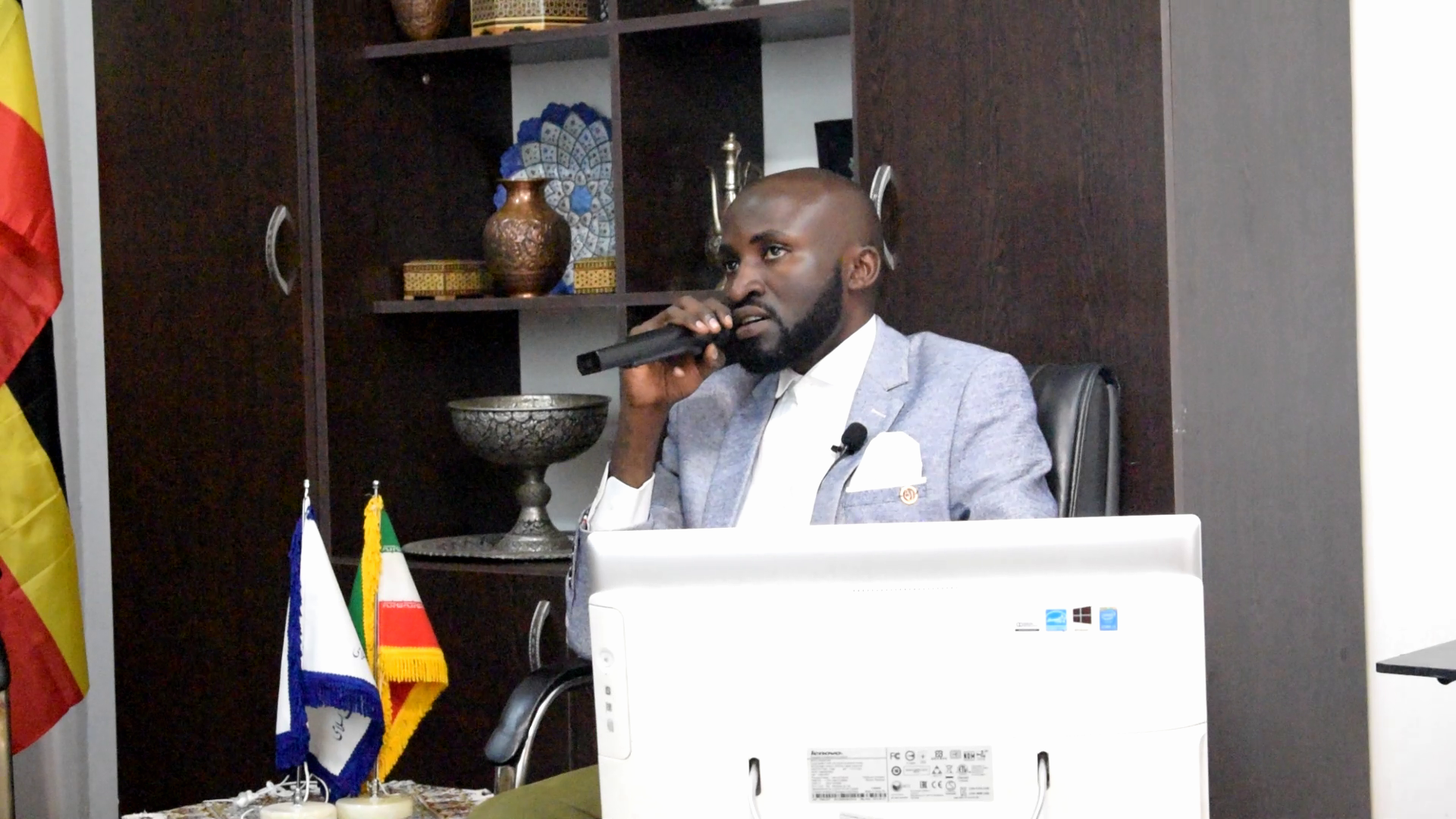
On speaking, Mr. Luyimbaazi Issah Katungulu, the African Youth Ambassador asked the participants what truly means to connect, innovate and transform our nations through art and culture? Are we prepared to govern technology by promoting our culture as we prioritize tourism and job creation for our youth professionals?
Are we walking the talk when it comes to sustainable tourism models?
Are we truly skilling the next generation for the future?
Africa has the youngest population in the world, with 70% of sub-Sahara Africa under the age of 30. Such a high number of young people is an opportunity for the continent’s growth but only if these new generations are fully empowered to realize their best potential. Africa has produced many artists, visual artists, musicians using the rich civilization which is a key to Africa’s sustainable development.
Ladies and Gentlemen, involving young people in politics and society is not merely a question of inclusion, but one that is vital for economic growth, innovation, peace and security.
It’s time to engage youth, create a space for them and give them a seat at the table. Don’t just offer this seat passively, but empower young people to actually use it. Young people have potential and young people have collective power, with the guidance of the government they can use that power.
It's now time to build smarter and better through such conversations as we shape resilience for the common good.
We have alot of work ahead of us... we have to create meaningful connections which will shape the agenda as we create solutions for the bigger agenda.
Young people deserve an equal say in their future. But youth face many challenges in meaningfully engaging with today’s political systems!
Uganda, the pearl of Africa has a very strong cultural heritage well-endowed with different cultural and historical sites. With more than 50 different indigenous languages belonging to two distinct linguistic groups, and an equally diverse cultural mosaic of music, art and handicrafts.
Uganda is endowed with a wide range of tourism resources, including biodiversity, varied landscapes, and cultural and religious heritage. Uganda tourism has been intricately linked to the country’s natural history, exploration, trade, and colonial history since the 19th century.
Although tourism resources in Uganda are varied, the most significant attention is currently pointed to the country’s landscape and wildlife because they’re the considerable employment, investment, and foreign exchange source.
Compared to neighboring countries, tourism is still a developing sector for Uganda to catch up to them. According to figures from the World Travel and Tourism Council, the direct impact of tourism expenditures in Uganda amounted to 3.1 percent of gross domestic product (GDP) in 2019, compared to Tanzania’s 4.8 percent, Kenya’s 5.0 percent, and Madagascar’s 5.7 percent. Nonetheless, tourism in Uganda is showing great promise for the future.
Ugandans are remarkably hospitable and hail from a diversity of rich cultures and lifestyles with each tribe having its own distinct cultural values that describe who they are. All these values are based on tribal traditional activities from all spheres of life; including, food and welfare, traditional dances, clothing and organization of societies.
Tourism is a major driver of employment, investment and exchange contributing 4.9 trillion Uganda shillings (US$ 1.88 billion as of August, 2013 to Uganda’s GDP in the financial year 2012 – 2013). Tourism is an industry that has experienced notable growth and no doubt portray even more potential growth for many years to come.
Art is the creation of works of beauty through the application of skill resulting from knowledge and regular practice whereas craft is any occupation especially one in which skills or techniques are applied in the use of hands are needed. Art and crafts are a result of feelings of the people responding to a variety of historical events and influence and the environment in a most spontaneous manner. Uganda is made of 65 cultural groups located in 4 geographical regions.
Uganda has failed to incorporate art and craft in the promotion of the tourism sector despite its contribution. Uganda is a young nation but its heritage takes back to pre-historic times. To enrich this heritage, different people at different times have traveled into the country where their interactions with the indigenous people are fused with the culture. This shows that art and craft and tourism are inherently highly dependent on each other. Tourism development will be more successful with the involvement of the art and craft industry. Art and craft should be one of the significant ways of marketing a destination in Uganda.
Additionally, identifying strategies that are suitable for the development of arts and craft to generate income and training projects since art and craft require little capital as most of the art and craft pieces are handmade which an added advantage is.
“Uganda is a country endowed with a rich assemblage of natural and cultural attractions and we have every reason and capacity to attract more tourists. In order to do this, we are improving our competitiveness as a destination. Competitiveness includes the state of infrastructure, transport, communication, finance, the cost of starting and managing a business, the legal environment health, peace and security" ,the Youth Ambassador noted.
He said that Visual art is an integral part of the arts, in turn the arts are an integral part of culture. This is primarily due to the innate value of life enhancement, entertainment and definition of personal and national identities embedded in culture.
Buzabo Mellisa, the creative Director at African Visual Artists Associates said that it's high time creatives mind about what they produce to attract support for what they do in order to earn a living.Their impact on tourism communities should be revised
Mr. Muwonge Umar, the tourism department officer from the ministry of tourism, wildlife and antiquities explained the ministry's position in creation of employment opportunities using creative industry.
He said that poor promotion of art and artifacts and those doing it are not doing it.
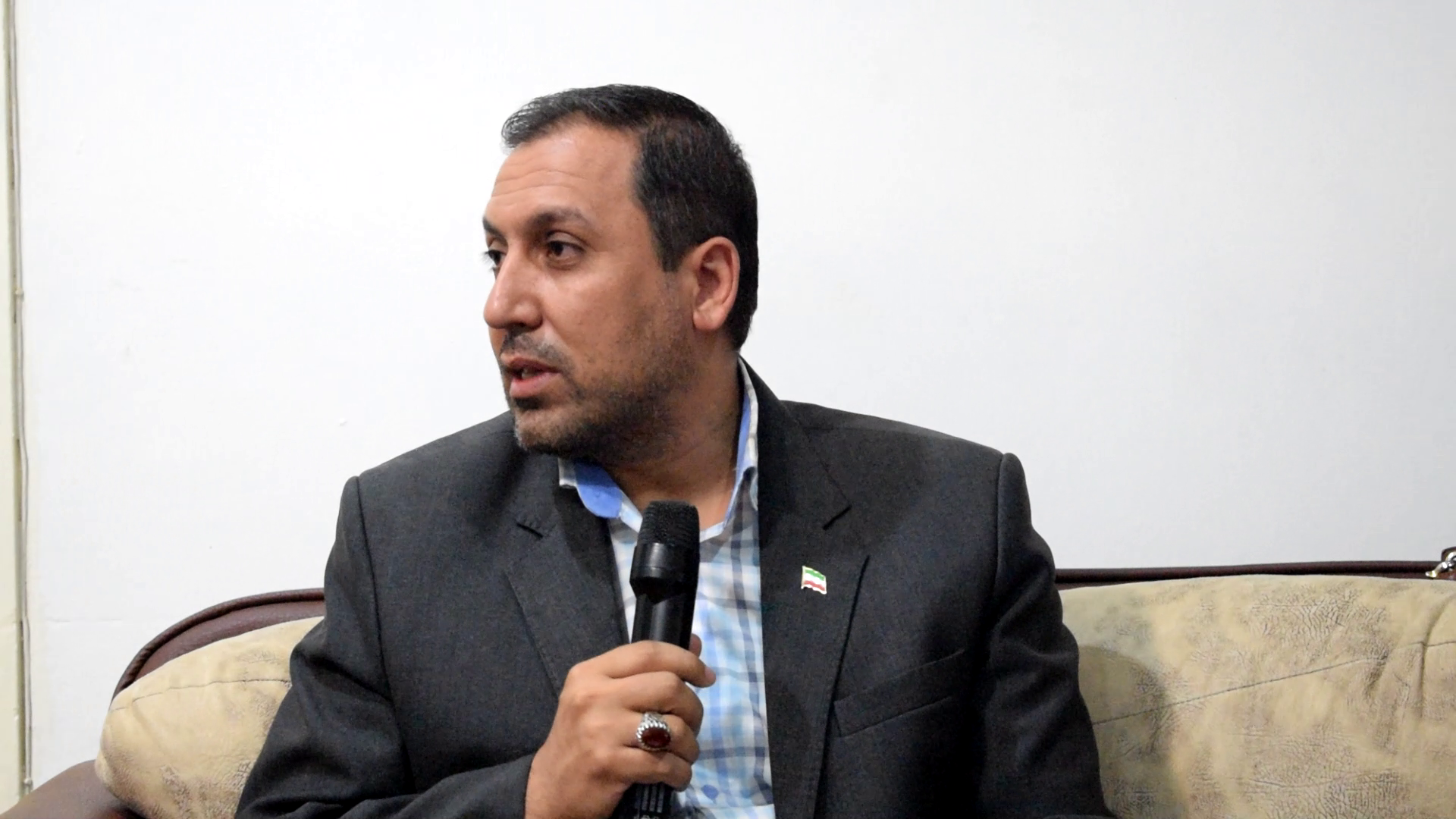
Mr. Abdollah Abbasi, the Cultural Consular of the Embassy of the Islamic Republic of Iran speaking to the youth
Hon. Luyimbaazi Issah Katungulu, the Moderator listening to the panelists
Mr. Muwonge Umar, the Tourism Development Officer from Ministry of Tourism,Wildlife & Antiquities
Miss Buzabo Mellisa, the Creative Director of African Visual Artists Associates
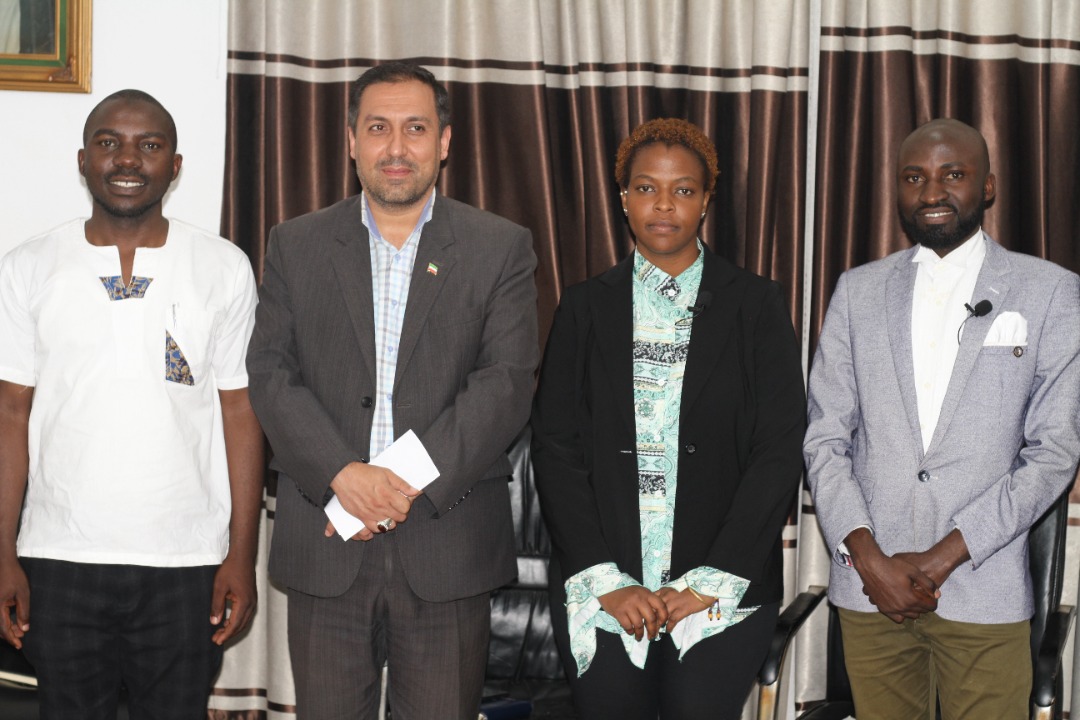
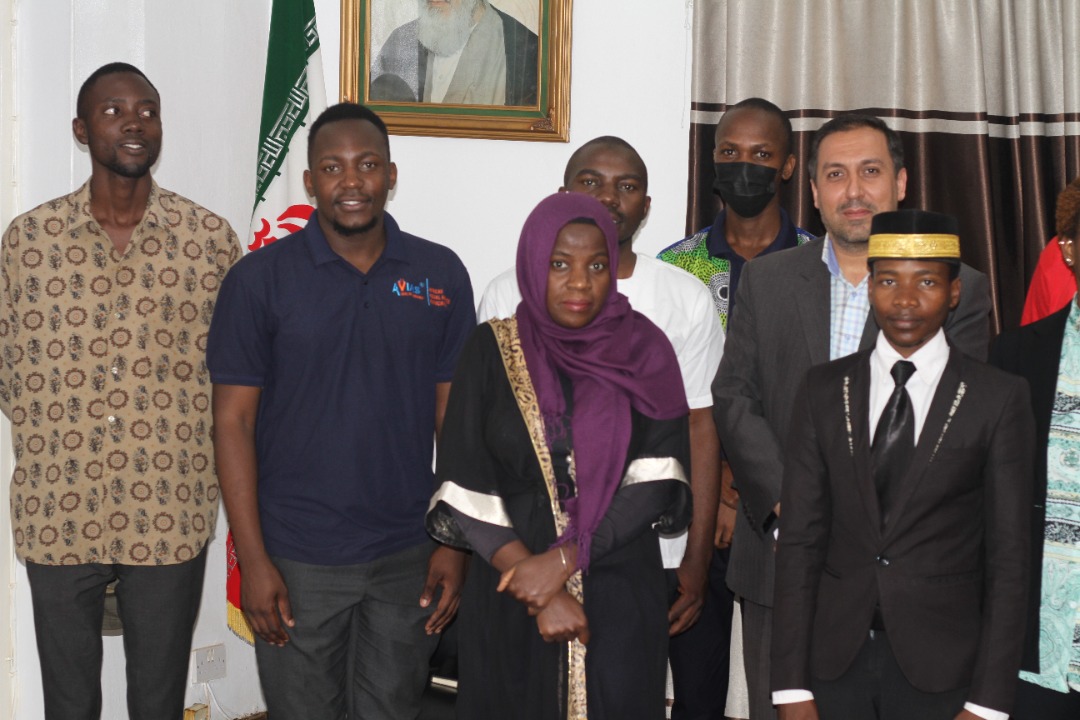
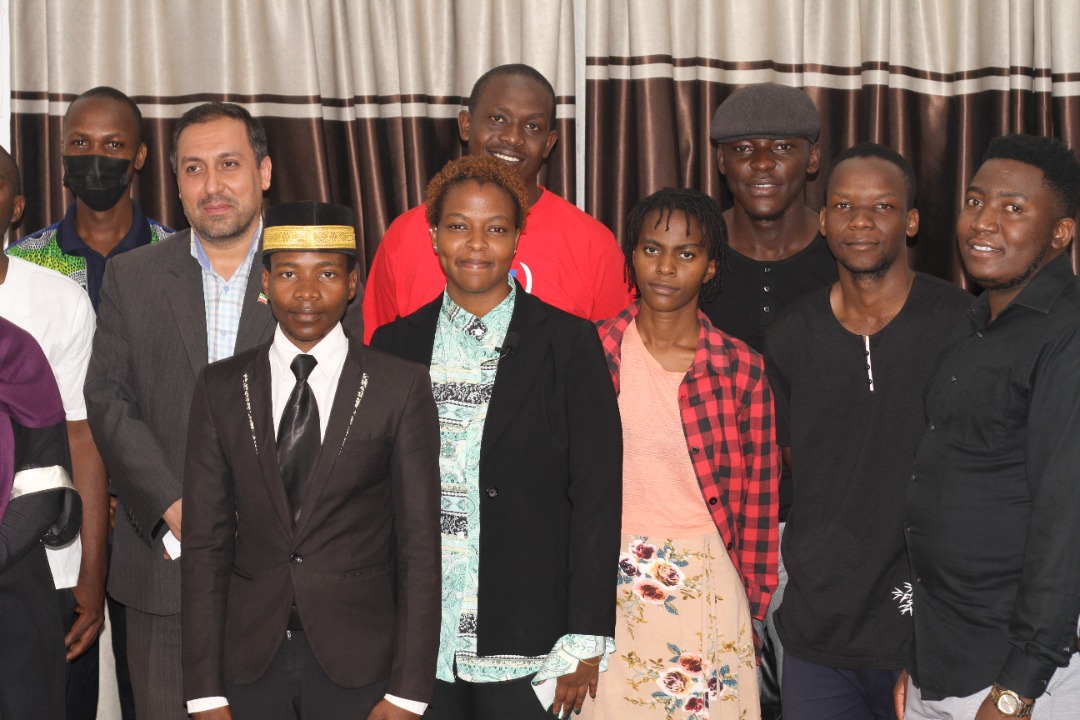


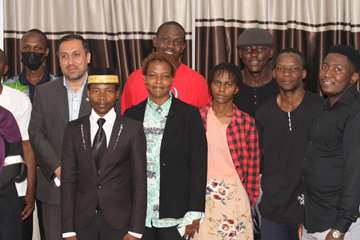
Write your comment.